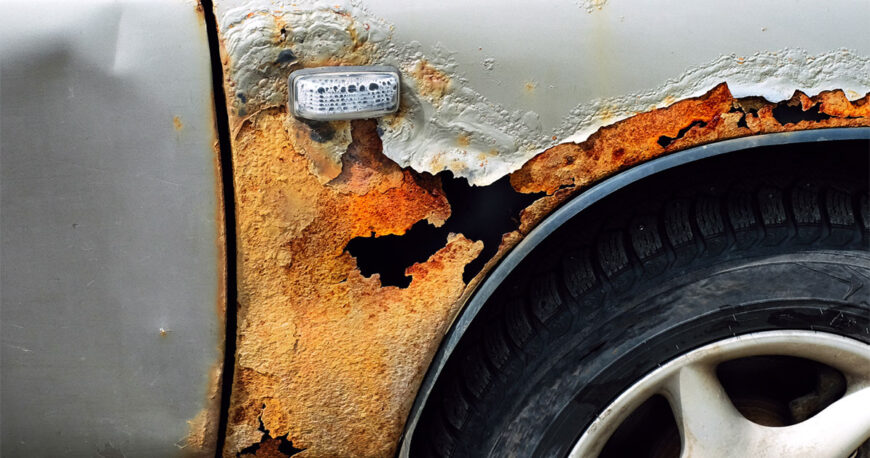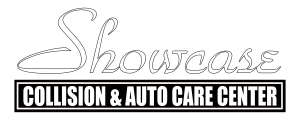Rust is the enemy of every car owner. It’s a silent, insidious problem that can quickly escalate from a minor blemish to a major structural issue. Early detection is key to preventing costly repairs. This guide will walk you through how to inspect your car for signs of rust and what to do if you find it.
Understanding Rust
Rust, or corrosion, is a chemical reaction that occurs when iron comes into contact with oxygen and water. While it might seem like a slow process, it can significantly weaken a car’s structure over time.
Where to Look for Rust
Rust can appear in various parts of your car. Here’s where to focus your attention:
Exterior
- Undercarriage: This area is particularly susceptible to rust due to exposure to road salt, water, and debris. Look for bubbling paint, flaking paint, or exposed metal.
- Wheel Wells: These areas can trap moisture and dirt, creating the perfect environment for rust. Check for rust spots, especially around the wheel arches.
- Doors: Pay attention to the edges of the doors, where they meet the body. Look for bubbles, peeling paint, or rust holes.
- Hood and Trunk: Inspect the edges and corners of these panels for signs of rust.
- Roof: While less common, check the roof for any rust spots, especially if your car has a sunroof.
Interior
- Trunk: Look for rust on the inner panels of the trunk.
- Floor Mats: If you notice dampness or a musty smell, it could be a sign of underlying rust.
- Frame Rails: While difficult to access, if you have the opportunity, inspect the frame rails for rust.
Signs of Rust
- Bubbling Paint: This is a clear indication that rust is forming beneath the paint.
- Peeling Paint: If the paint is peeling or flaking, it could be a sign of underlying rust.
- Rust Holes: These are obvious signs of advanced rust damage.
- Surface Rust: This is a reddish-brown discoloration on the metal surface.
- Scale: A flaky, powdery substance that forms on rusted metal.
Preventing Rust
While early detection is crucial, prevention is even better. Here are some tips:
- Regular Washing and Waxing: Removing dirt, salt, and other contaminants helps protect your car’s finish.
- Undercoating: This protective coating can help shield your car’s undercarriage from rust.
- Car Covers: Using a car cover can protect your car’s paint from environmental factors.
- Promptly Address Damage: Repairing dents, scratches, and chips quickly can prevent rust from starting.
When to Seek Professional Help
If you find signs of rust, it’s essential to address the issue promptly. While minor surface rust can sometimes be treated with a rust converter, more extensive damage requires professional attention. Showcase Collision can provide expert rust repair services, restoring your car to its former glory.
Remember: Early detection and treatment of rust can save you money and extend the life of your vehicle. By following these tips and seeking professional help when needed, you can protect your car from the ravages of rust.


